1. Paper Dresses
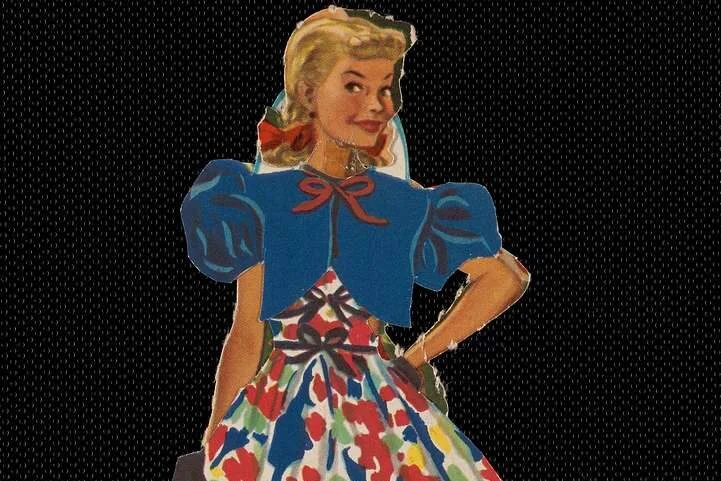
Back in the ’60s, someone thought it would be a good idea to make clothing out of paper. Yes, actual disposable paper dresses were sold, and surprisingly, people bought them. The idea was that you could wear them once or twice, then toss them out, making fashion feel as easy as using a napkin. They were cheap, colorful, and often used as promotional items with logos printed on them.
Of course, they weren’t exactly practical. One rainstorm or a clumsy spill and you’d be in trouble. Not to mention, they were a serious fire hazard, which seems shocking by today’s safety standards. Still, for a short moment, they were considered stylish and even futuristic, as if disposable clothing was the way forward.
2. Go-Go Boots
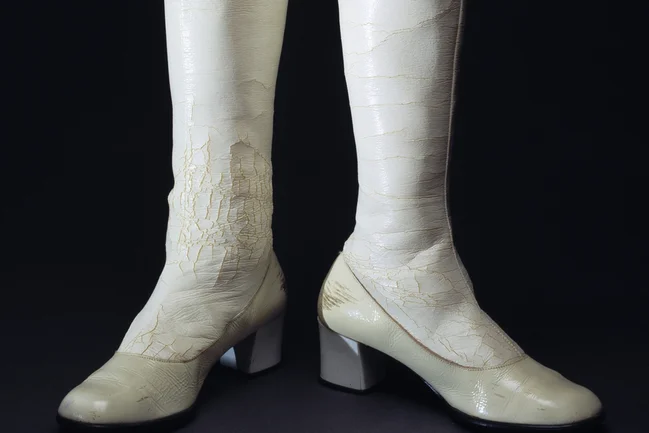
When Nancy Sinatra sang about her boots being made for walkin’, she might as well have been talking about go-go boots. These shiny, knee-high white boots became the ultimate accessory for mod girls. They were bold, eye-catching, and often paired with miniskirts to complete the swinging London look.
What makes them odd now is how impractical they were for everyday life. They didn’t breathe well, they scuffed easily, and they were more about attitude than comfort. But at the time, they were a symbol of independence and rebellion. Today, they mostly live on in retro costume shops and music videos that play up the nostalgia.
3. Space Age Helmets
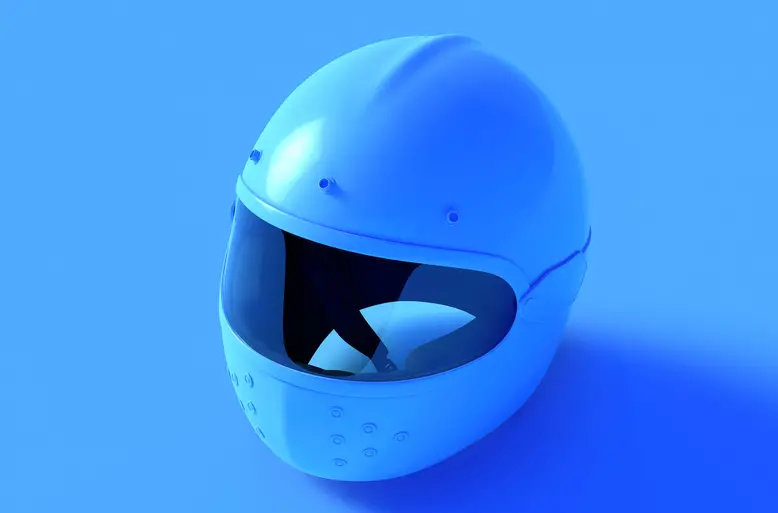
The ’60s were obsessed with the Space Race, and fashion designers took notes. Suddenly, models were walking runways in helmets and dome-shaped hats that looked better suited for astronauts than city sidewalks. Designers like Pierre Cardin and André Courrèges were pushing futuristic visions of what people would wear once we colonized the moon.
The average person never really embraced these plastic and plexiglass headpieces, but the fact that they existed at all is wild. They looked cool in magazine spreads, but imagine trying to have a conversation or sip coffee while wearing one. They turned fashion into costume, and while they didn’t last, they left behind some truly memorable images.
4. Chainmail Dresses
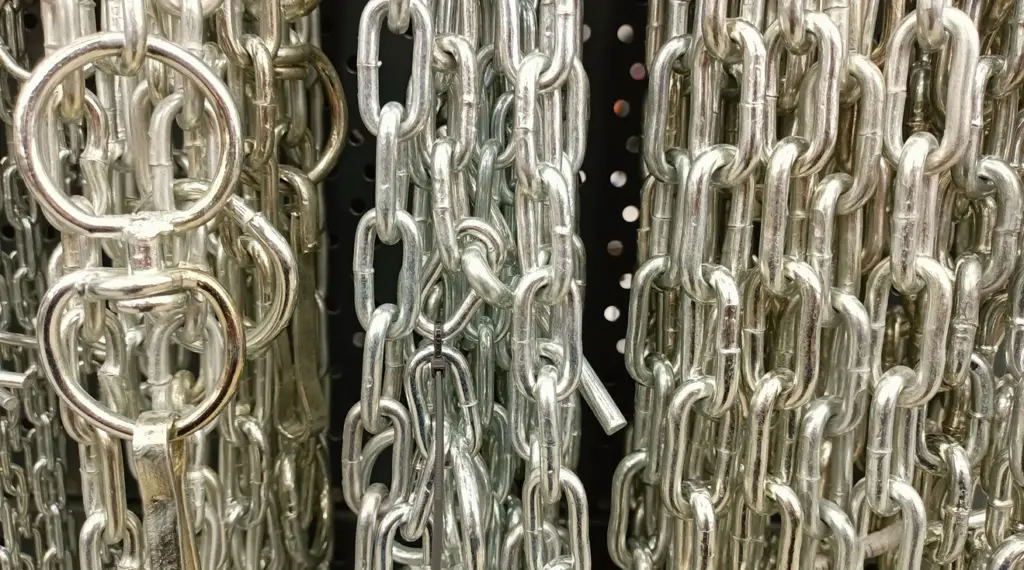
Made famous by designers like Paco Rabanne, chainmail dresses were literally crafted out of metal. They looked like disco balls come to life, shimmering and catching every light in the room. Celebrities wore them to parties and photoshoots, giving the impression that the future of fashion was metallic and bold.
But let’s be honest, they were not practical. They were heavy, clunky, and cold against the skin. You couldn’t sit comfortably in them, and you definitely weren’t tossing one into the washing machine. Still, they represent how the ’60s were willing to experiment in ways no other era dared.
5. Hippie Fringe Everything

When the counterculture movement took hold, fringe was suddenly everywhere. Jackets, vests, pants, even handbags were dripping with long dangling strips of fabric or leather. The look was meant to channel a laid-back, free-spirited vibe that fit perfectly with music festivals and road trips.
From a modern perspective, it can feel a bit excessive. Imagine trying to eat dinner with your sleeves constantly dipping into your food. Fringe had a habit of getting tangled and looking sloppy after a while. But for hippies, it was all about rejecting clean-cut fashion and embracing something wild and different.
6. The Nehru Jacket
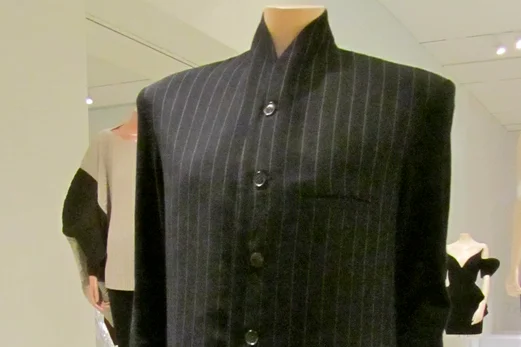
Inspired by Indian Prime Minister Jawaharlal Nehru, this jacket style featured a short, stand-up collar and sleek tailoring. It gave off an exotic, global flair that appealed to men trying to look sophisticated and worldly in the late ’60s. Even the Beatles wore them, helping spread the trend.
But looking back, it’s one of those pieces that feels a little costume-like today. It was too specific and didn’t translate well into everyday wear. Once the trend faded, the jacket became a fashion relic, remembered more for its novelty than its staying power.
7. Psychedelic Prints
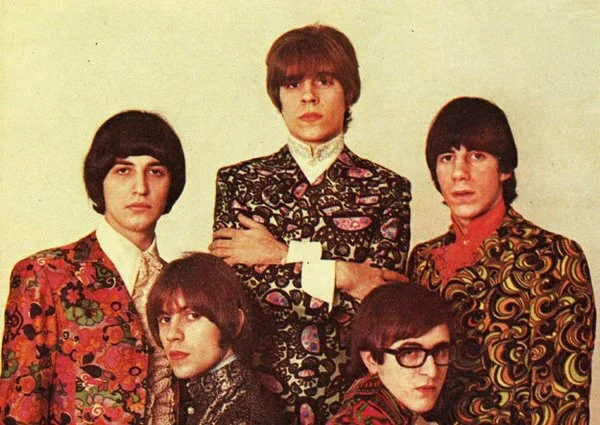
Bright, swirling patterns in neon colors covered everything from dresses to ties. These prints were practically designed to look good under blacklight posters and strobe lights. They symbolized the psychedelic movement, meant to capture the feeling of a mind-expanding trip without needing the substances.
Today, these wild prints feel almost cartoonish. They can overwhelm the eye and make it hard to focus on anything else in the room. But in the ’60s, the louder the better, and fashion was an expression of rebellion against the muted tones of the earlier decade.
8. Hot Pants
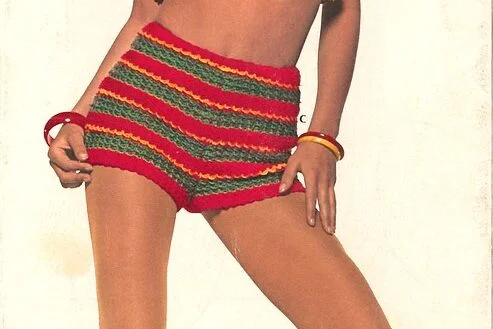
Though they’re more often associated with the ’70s, hot pants first emerged in the late ’60s. These ultra-short shorts were designed to be bold, daring, and attention-grabbing. Women wore them with tights, boots, or just on their own, depending on how brave they were feeling.
The shock factor was huge at the time. While miniskirts had already caused a stir, hot pants took things even further. They weren’t exactly functional and left little to the imagination. But for a moment, they were a symbol of sexual liberation and youth culture.
9. Vinyl Raincoats
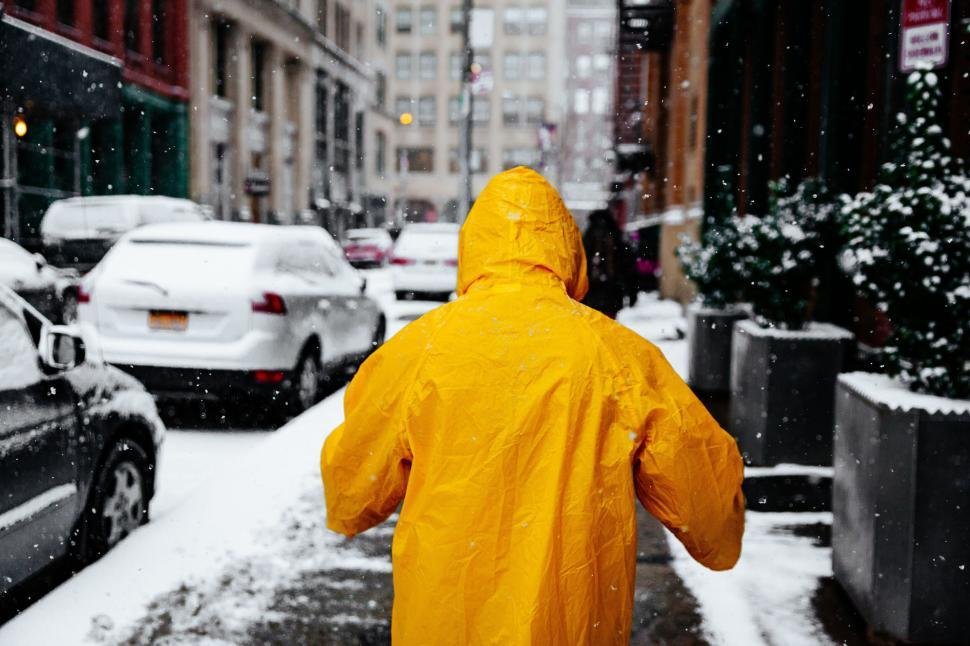
Shiny vinyl coats in bright colors became a quirky outerwear choice in the ’60s. They looked slick, modern, and completely different from traditional wool coats. Often they came in candy colors like red, yellow, or blue, making wearers look like they’d stepped out of a comic strip.
The downside? They were sweaty, noisy, and smelled like plastic. Once you got caught in the rain, they stuck to your skin in the least pleasant way. But they matched the playful, mod style of the decade, even if comfort was sacrificed along the way.
10. Monokini Swimsuits
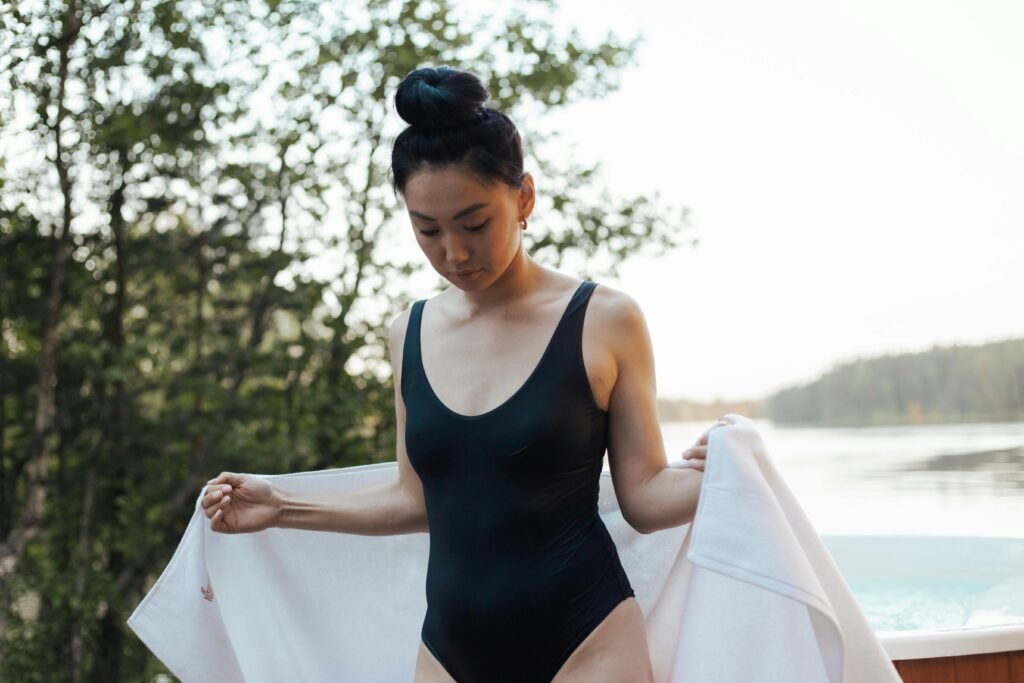
The monokini debuted in the mid-’60s and instantly made waves—literally and figuratively. Designed by Rudi Gernreich, it was essentially a bikini bottom with two straps running up over the chest, leaving the bust bare. It was more of a statement piece than something you’d actually swim in.
For obvious reasons, it shocked people at the time. Most women didn’t dare to wear it in public, but it became a symbol of the decade’s growing emphasis on freedom and body positivity. Today, it’s remembered more as a fashion scandal than a real swimwear trend.
11. Shag Haircuts
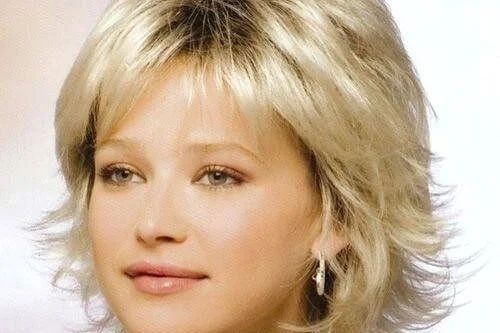
By the late ’60s, the sleek bouffant gave way to choppy, layered shags. Stars like Jane Fonda and Mick Jagger helped make the style famous. The haircut was edgy, messy, and made people look like they’d just rolled out of bed in the coolest way possible.
Still, compared to the polished styles that came before, it was a huge departure. Some thought it looked unkempt, while others loved the rebellious, rock-and-roll energy it carried. It became a unisex trend, one of the first hairstyles to cross gender lines.
12. Colored Tights
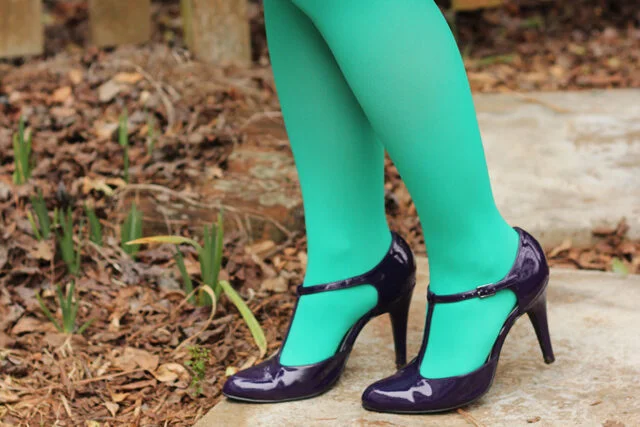
To go with miniskirts, women started wearing tights in every color imaginable. Bright orange, lime green, and even neon pink were fair game. They turned legs into part of the outfit instead of just something to cover up.
Looking back, they feel a little clownish. Pairing a plaid miniskirt with lime green tights was not for the faint of heart. But they fit the playful, youthful energy of the decade and gave women a chance to express themselves through even the smallest details.
13. Caftans
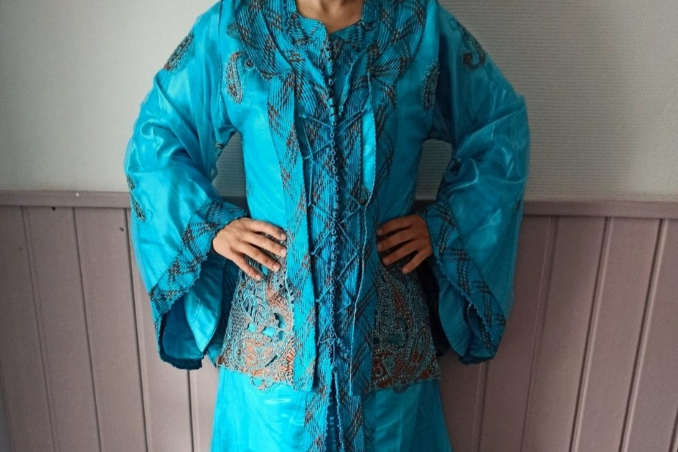
Loose, flowing caftans became popular thanks to the influence of Eastern and African styles on Western fashion. They were comfortable, breezy, and made wearers feel exotic and worldly. Elizabeth Taylor famously wore them, adding a touch of Hollywood glamour.
For everyday people, though, they sometimes looked more like fancy loungewear than street fashion. They weren’t exactly flattering and often swallowed up the body. Still, they represented freedom from restrictive clothing and aligned with the era’s fascination with global influences.
14. Bell-Bottoms
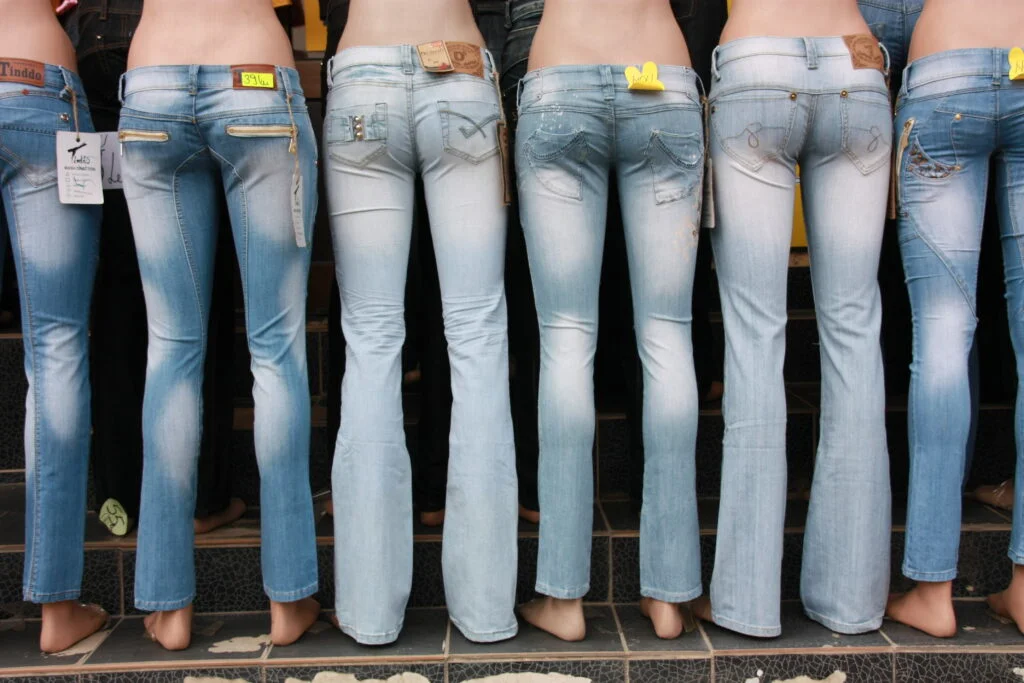
By the late ’60s, pants that flared dramatically at the bottom were everywhere. Both men and women embraced bell-bottoms, often pairing them with platform shoes or bold patterned shirts. They were a fun departure from straight-leg styles, swishing dramatically with every step.
What’s shocking now is just how wide some of them got. The flares could be so extreme they nearly covered shoes entirely. While they’re remembered fondly as part of the era’s groovy vibe, they were also undeniably impractical. Still, they remain one of the most iconic fashion symbols of the ’60s.


